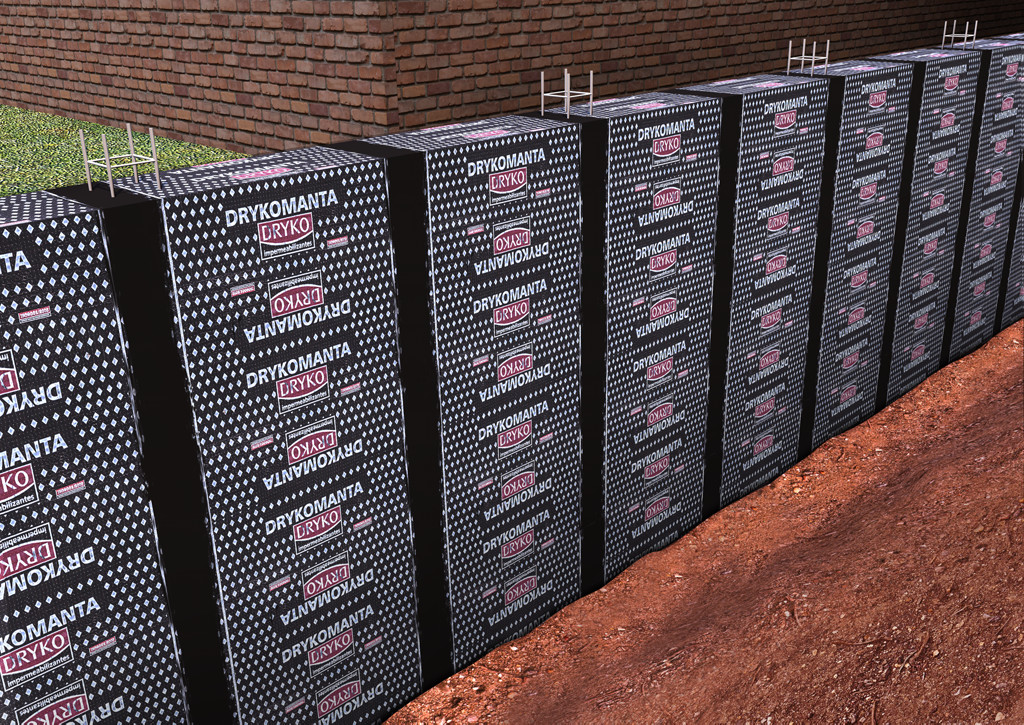July 6th, 2020
CONTAINMENT WALL: WHAT IS IT FOR?

The retaining wall, also known as the retaining wall, serves to support the earth and isolate the terrain.
It is a volumetric structure formed by blocks, intended to hold slopes next to buildings in urban areas, bridges, roads or streets, stabilizing the pressure and containing the land so that it does not sag.
Materials used
Retaining walls can be built with concrete blocks or ceramic and with or without metallic structure.
There is also the option of being built with stones, soil-cement (mixture of soil and cement) or stone gabions.
The wall can be made in different ways: inclined, on a level or combined with vegetation.
Water care
When it rains, water soaks the earth and makes it gain more weight. This brings the risk that the soil of a slope will collapse.
The retaining wall is used to provide security and prevent this type of disaster occurs. But for the system to work perfectly they are some care is needed.
The main one is carried out before the construction of the wall: the calculation of its The structure must contemplate the additional load provided by the water, as a kind of safety margin.
The other is to get as much water from the back of the wall as possible to lighten the weight. This can be done from a drainage system: drains that take water to the sides of the wall.
The best solution must be thought out by the engineer or architect.
Waterproofing the back of the wall is a fundamental care,
especially if the front is inside a house. The impermeability will make the water only pass through the wall through the drains, keeping the other side dry. For this, you can count on the DRYKOMANTA asphalt blanket or the DRYKOTEC 1100 polymeric mortar.
Finally, it is important that the retaining wall work is done by excellent professionals, from planning to labor in execution.



 (11) 2088-5701
(11) 2088-5701